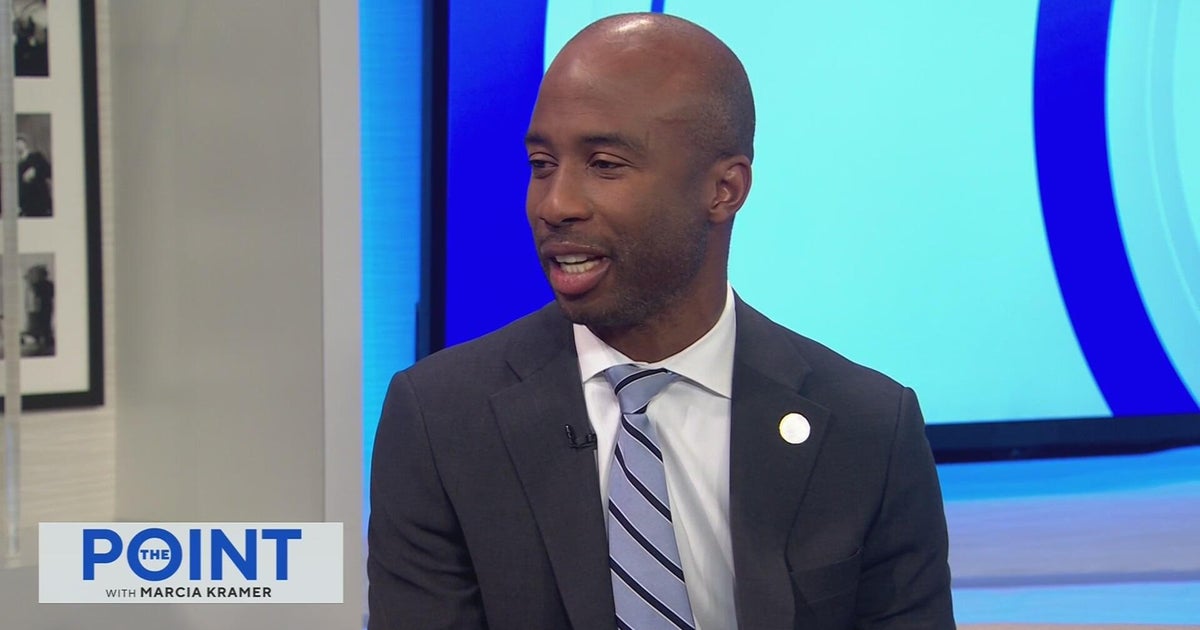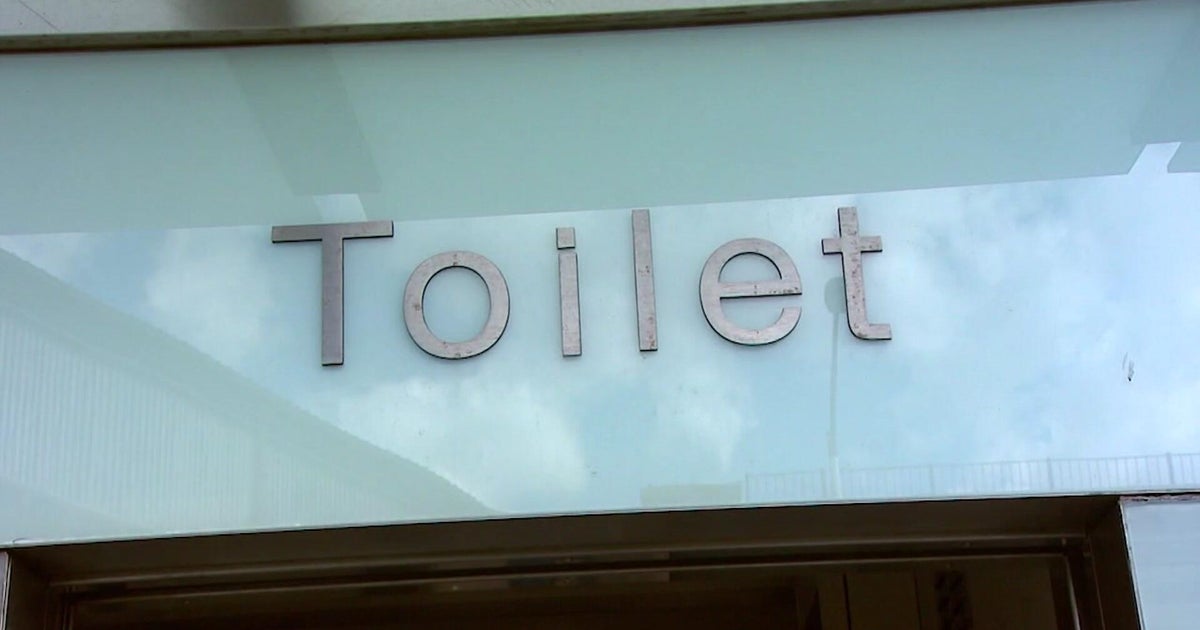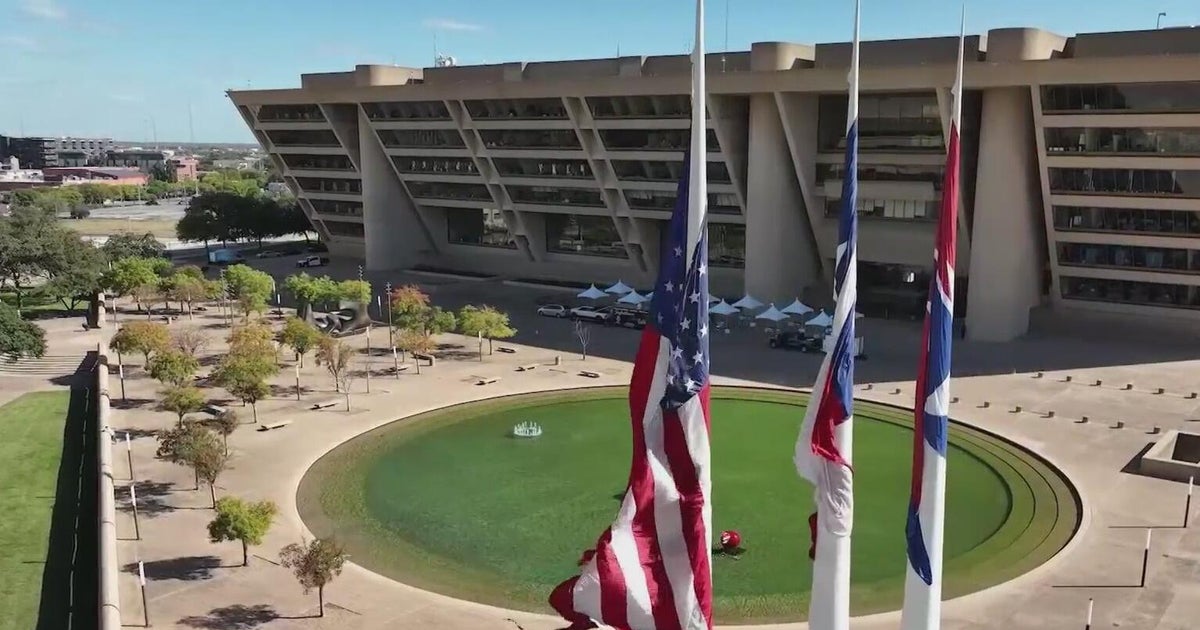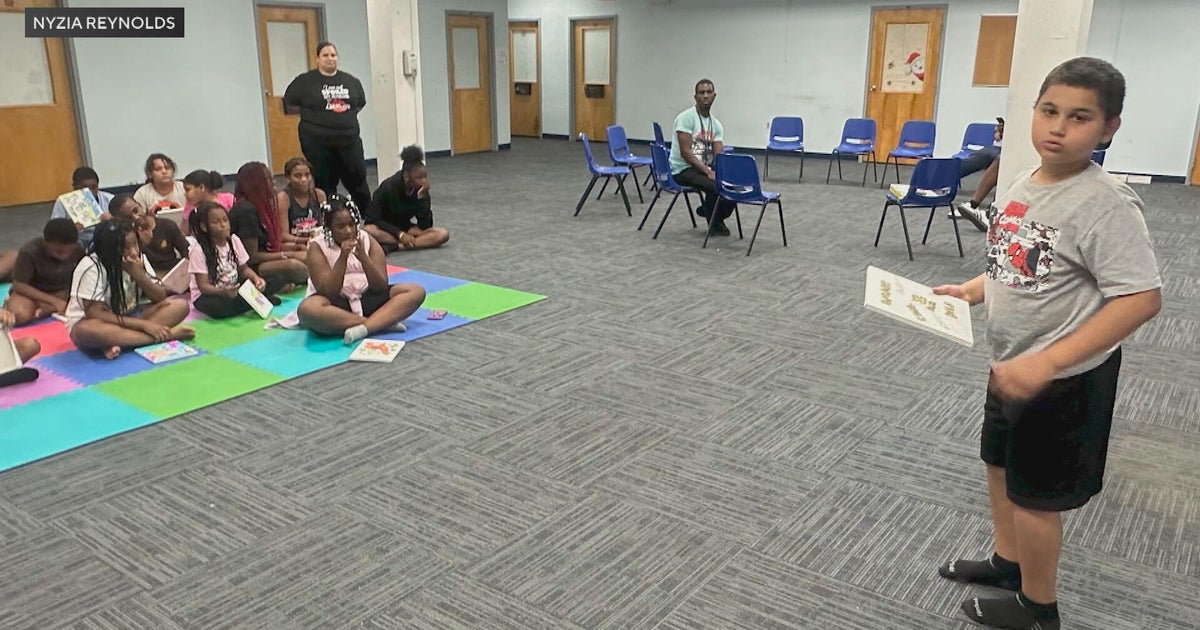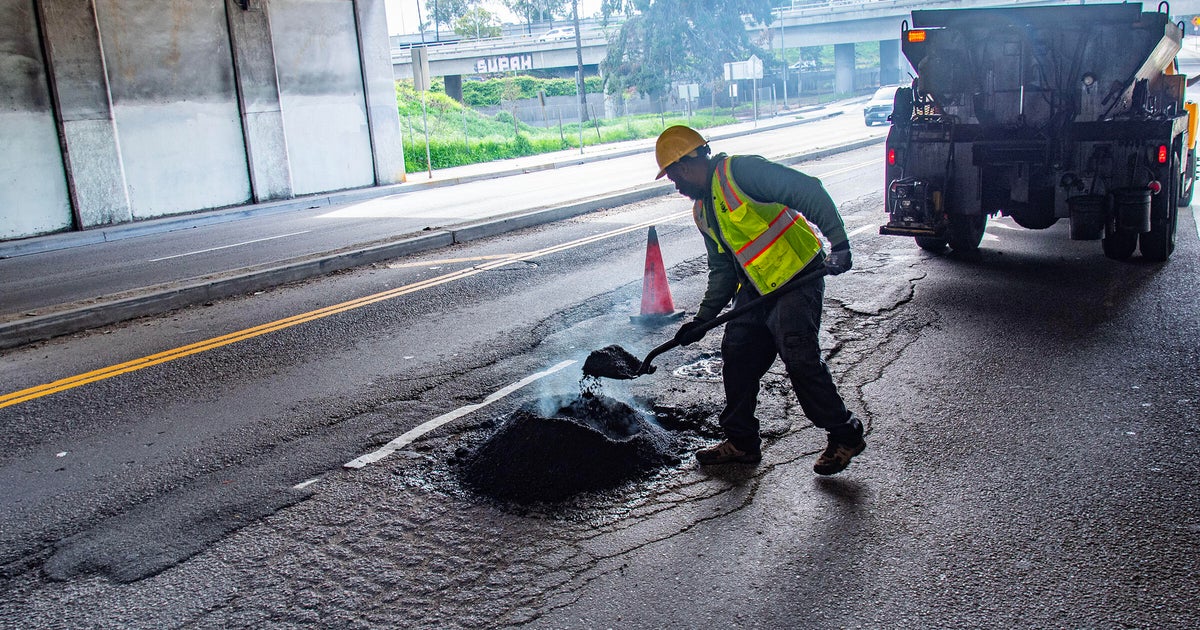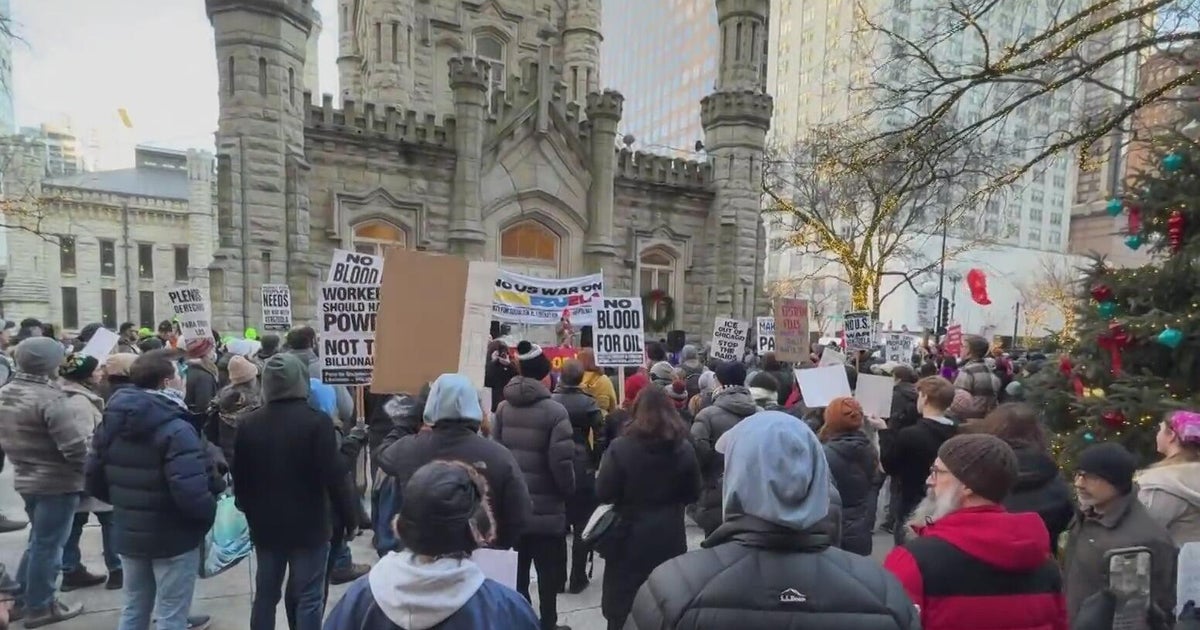Not all New York City neighborhoods seeing results after 10 years of Vision Zero, new report says
NEW YORK -- This year marks a decade of Vision Zero, the push to have zero traffic deaths in New York City.
There's been progress across the city, but not everywhere; a new report shows in parts of Queens, traffic deaths per capita rose 125%.
As CBS New York's Jenna DeAngelis reports, communities of color face the biggest disparity.
"It's a heartache no parent should know," said mother Amy Cohen.
Cohen's son Sammy was killed crossing the road in Brooklyn in 2013. Since then, she's made it her mission to make city streets safer, co-founding Families for Safe Streets.
"It's 10 years, just like it is 10 years for Vision Zero. He died just before Mayor de Blasio committed to Vision Zero," Cohen said.
With Vision Zero, Cohen says she's seen a lot of progress, including reduced speed limits and more speed safety cameras, but there's still a ways to go, which is highlighted in a new report by her organization and Transportation Alternatives, which analyzed city data.
"We've seen a 16% reduction in fatalities compared to the 10 years before Vision Zero. That's a difference of 450 people's lives," said Elizabeth Adams, deputy executive director for public affairs for Transportation Alternatives.
Pedestrian deaths also fell.
Transportation Alternatives says there are areas that still need improvement: 2023 was the deadliest year under Vision Zero for bike riders, and motorist fatalities are up 23% citywide. Plus, it says, not all communities are seeing the benefits.
"Fatalities in majority white community boards have actually seen decreases in fatalities. However, we've seen an increase in majority Black and Latino community boards and in majority communities of color, and this is because we haven't rolled out Safe Streets measures equitably around our city," Adams said.
According to the report, Queens Community Board 4 is one of three community boards to see fatality rates at least double from the first to the second half of Vision Zero.
"There's a huge disparity in the resources and access to resources for communities like mine," said City Councilmember Shekar Krishnan.
In a statement, the Department of Transportation said:
"Since the beginning of Vision Zero back in 2014, NYC DOT has worked to ensure all New Yorkers benefit from safety projects – with Safety Improvement Projects more concentrated in neighborhoods of high or very high poverty than in lower-poverty areas. We've seen the greatest decreases in pedestrian fatalities both in neighborhoods with high poverty rates and the highest levels of non-white residents. Our commitment to equity influences where we prioritize our work, weighing neighborhood race and income, density, and history of past projects."
Last year, it installed a record 33 miles of new protected bike lanes citywide and increased new pedestrian space.
Advocates hope efforts for safe streets are sped up across the city.
"Make Vision Zero more than just a slogan," Cohen said.

